The Intercept Method » Intercept Method Overview

The technique that is used worldwide is called The Intercept Method. It is also sometimes called the Altitude-Intercept Method or Marcq Saint Hillaire Method. It is a graphical technique; that is, it utilizes a chart—often paper—to show lines of position and a fix.
Its use is so extensive largely because the steps involved are straightforward, and a navigator does not need to perform complicated math. It can only be used if we have some idea about where we are, to within a hundred miles or so. This is almost never a problem because we usually have some idea about our location.
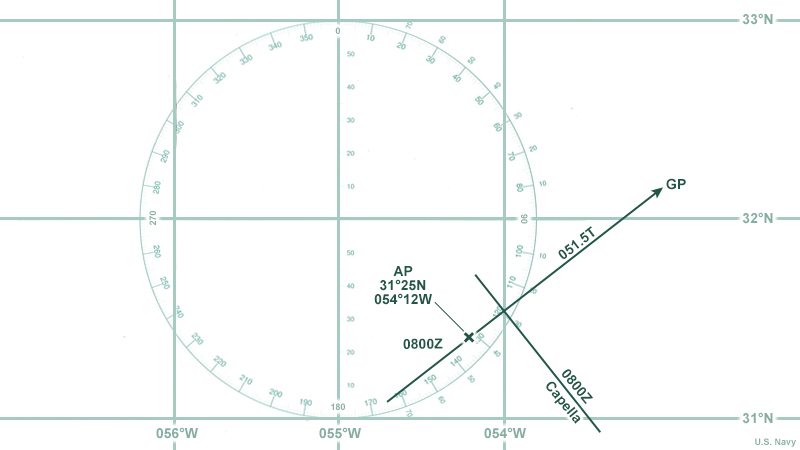
The process of taking a sextant measurement, called a sight, and making it into a line of position is called a sight reduction.
Before going into detail of the sight reduction steps used in the Intercept Method, let's look at how the method works in a broad sense. For this process, we’ll assume that we have access to a celestial navigation calculator, which will provide some of the output values needed for mapping a line of position.

The main steps of the Intercept Method are:
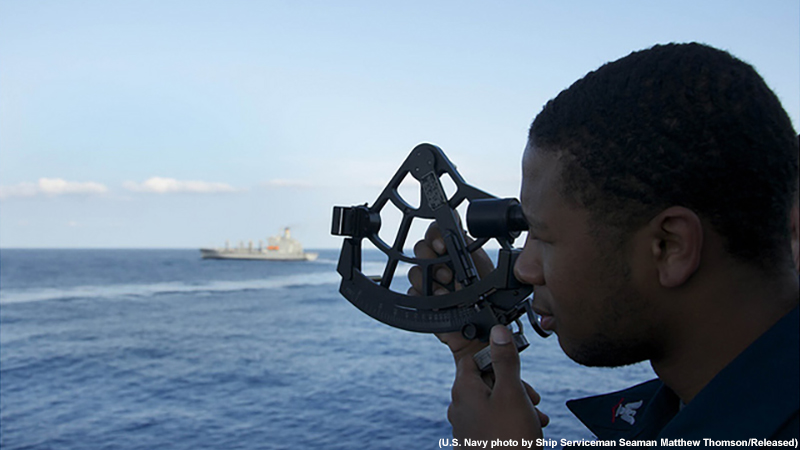
1. Determine the "Observed Altitude", also called "Height observed" or Ho, of the star. This is our sextant measurement plus some corrections.
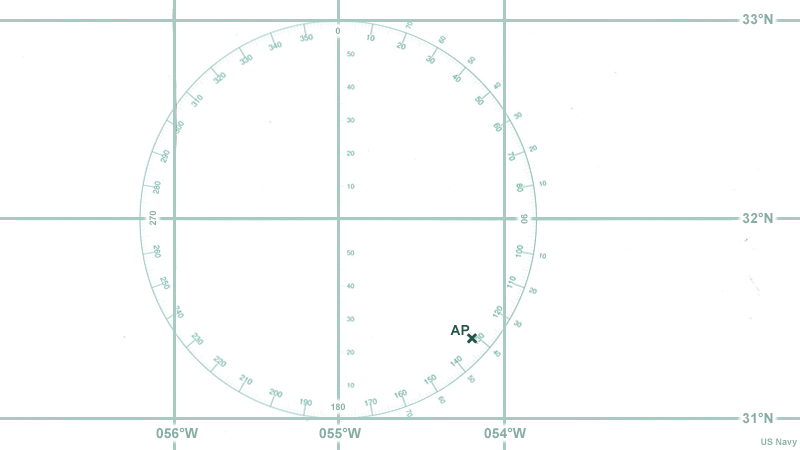
2. Select a position close to where we think we are. This is called our ``Assumed Position”, or AP.

3. Get the star's "Computed Altitude", also called "Height computed" or Hc, and the star's azimuth, Zn. These are the altitude of the star and direction to its geographic position if we were exactly at the Assumed Position.
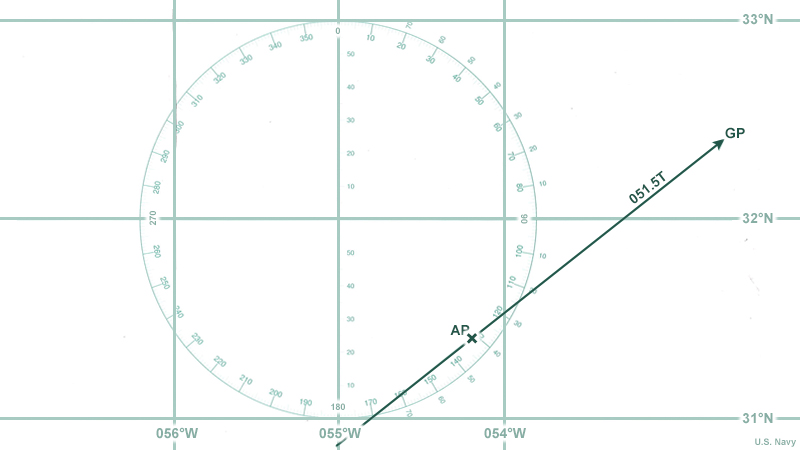
4. On a Universal Plotting Sheet, plot our AP and draw a line through it in the direction of the azimuth, Zn. This azimuth line is the direction towards the star's geographic position. Our LOP will be perpendicular to the azimuth line.
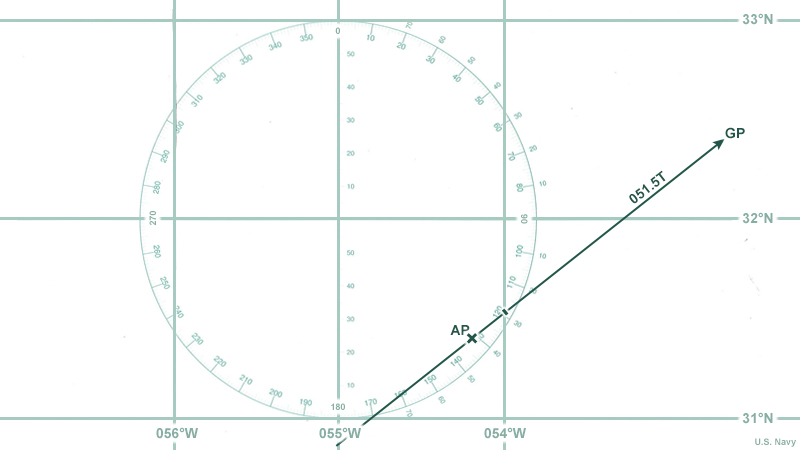
5.Determine where our LOP intercepts the azimuth line. This uses the Observed Altitude, Ho and the Computed Altitude, Hc. Mark this intercept position on the azimuth line.

6. Draw our line of position. It is simply a line perpendicular to the azimuth line at the intercept point.

7. Observe more than one star to get crossing LOPs; our fix is at the intersection.
Broadly speaking, these steps form the basis of the Intercept Method. In the next sections, let's look at each step in a little more detail, demonstrating the Intercept Method using a sextant observation of the star Capella as an example.